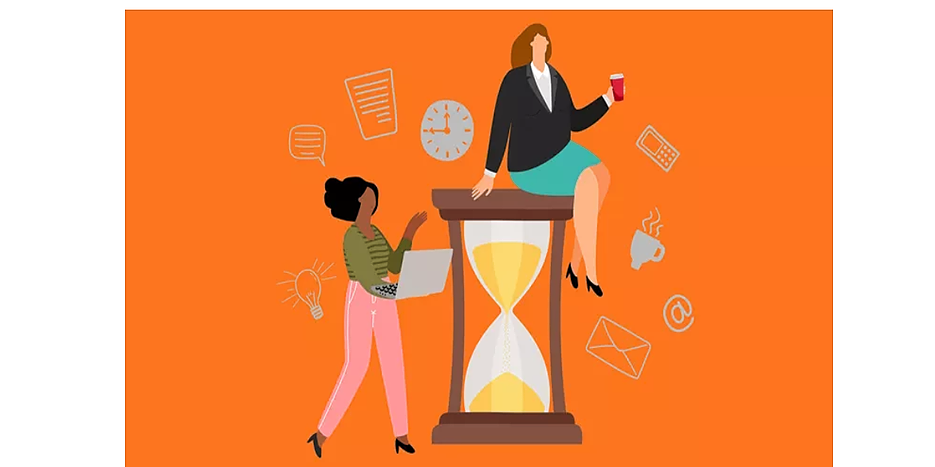How to manage your attention
If the first step toward mastering attention management is cultivating awareness of where your mind is at a given moment, the second is recognizing which brain state is ideal for the task at hand—and then intentionally shifting yourself into that brain state in order to get it done.
It’s fair to say that “focused and mindful”—not the more prevalent “reactive and distracted” state—is an ideal mental place to inhabit on a busy day. But how do you get there first thing in the morning when you’re sleepy and foggy? Or around noon when the pile of tasks on your plate is officially overwhelming? Or around 3 p.m. when you’re hungry, you’re tired, and your coworkers (or family) are being disruptive? You take back control.
“People tell me they need to get their work done, but [they can’t because] people keep interrupting them. People are always going to interrupt you,” explains Thomas. “The only way you can stop being interrupted is to tell people to stop interrupting you for a period of time.”
As Thomas puts it: Attention is the antidote to distraction. Instead of letting distractions control you, recognize your own agency over them. “The two most critical techniques for [getting started] controlling your attention are to control your environment and your technology,” she says. Here’s how.
Control your environment
One way to do this is to create signals that communicate to others you’re trying to stay focused. It could be a literal do not disturb sign; it could be putting on headphones, too; if you have an office or separate work area, it could be closing the door; or it could be all of the above, if you need. “Whatever the signal is, be explicit about it—don’t expect that just because you have headphones in people will know it means do not disturb. You have to tell them,” Thomas insists. “When my do not disturb signal is up that means don’t bother me unless it’s truly an emergency. That is an example of controlling your environment. “
It’s not realistic to expect to have a “don’t bother me” signal up for the whole day, but Thomas recommends shutting yourself off to focus deeply for, say, 20 minutes every hour, or for 90 or so minutes twice a day. “The frequency and duration are up to you, and it depends on the nature of your job or how much the people around you need you,” she says.
Control your technology
Once you’ve created a distraction-free environment, it’s time to eliminate the ultimate distraction: your device. Every notification banner, number, dot, ping, or DM, is designed to snatch your attention. They do a good job of it, too, but you have more control than you think.
“The second step to controlling your environment and attention is to close out of your email or go into offline or do-not-disturb mode,” Thomas advises. Yes, even if the very task you’re working on is email.
“If I have 50 [emails] I have to answer, the only way I’m going to do that is if I stop new messages from coming in,” she says. “Otherwise I won’t get to the existing 50, because I’ll answer the first one and then there will be a new one (and a new and a new one).” Turn your attention to new emails only after you’ve responded to the existing messages you set out to answer.
Then hide your phone—and “anything else around you that buzzes or pings or vibrates or otherwise calls your attention,” Thomas says. Put it on Do Not Disturb, silent, and face-down—or even better, out of sight somewhere. “Studies show that just the presence of our phone distracts us, even if it’s off and face-down.” (Don’t panic, you can check your phone and email and Google chats and Twitter and everything else when your designated focus period is up.)
If you’re someone who likes background noise, be careful what you choose to listen to. You might think a podcast, The Office reruns, or rap music helps you focus, but it could be doing the opposite.
“Everyone is different, but studies show that, in general, that’s super distracting. The most distracting thing to people is the sound of other people’s voices,” Thomas says. “If you really want noise, make it noise: classical music, ocean wave sounds, crickets chirping, or fire crackling.”
https://www.realsimple.com/work-life/life-strategies/time-management/attention-management
https://www.realsimple.com/author/maggie-seaver













